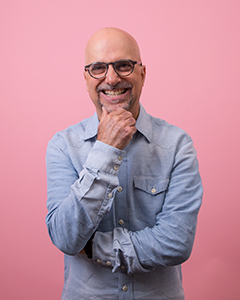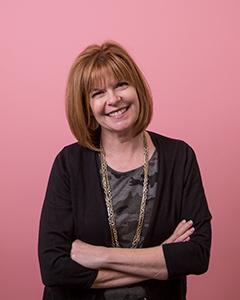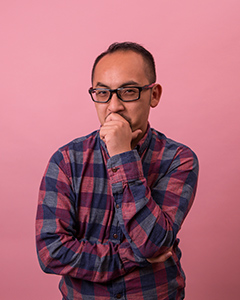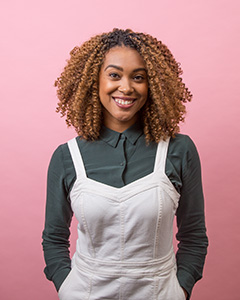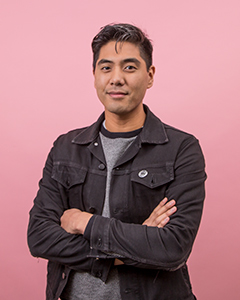By Keisha Townsend Taitt from The Information

Keisha Townsend Taitt, chief inclusion officer, GSD&M.
Since only 30% of this industry is multicultural, it’s likely that you or someone on your team feels this way, too.
Being the “first and only” brand in a category or niche is a great position to be in.
It’s not so great when “first and only” describes someone’s presence in the workplace.
As a Black woman who has built my career in advertising and marketing, most of my experiences over the past two decades have included being the only Black person on the team. As a result, even though belonging is a universal need, I’ve witnessed how it is rarely immediate for people who add diversity to homogeneous spaces.
The Association of National Advertisers’ most recent diversity report highlighted the disappointing fact that the proportion of multicultural employees in advertising and marketing decreased from 32.3% in 2022 to 30.8% in 2023. Break that number down by race and ethnicity, and you’ll start to understand why it is common for teams to only have one person each from various marginalized communities.
While I am grateful to everyone I’ve worked with and for and my experiences have led to the role I have now, being an “only” was a lot harder than it should have been. Many of the relationships I formed felt superficial because I focused so much on trying to fit in.
I imagine most people have two personas — one for the office and one for friends and family. But that difference is, arguably, even more pronounced for Black people. It’s not just thinking about what to say; it’s worrying about how what I say may be perceived. It’s not just about how I’m styling my hair; it’s thinking about how people will respond to my hairstyle. The list goes on.
Being the “only” is very lonely. I’ve always been friendly and had good relationships with coworkers; still, there have been times when my understanding of current events highlighted the difference in our lived experiences and made me feel isolated.
The weekend of the Unite the Right rally in Charlottesville, for instance, I was glued to the news, angry and fearful. It was the only thing I was talking about with my family and friends. But during a team status meeting the following Monday morning, no one brought it up. I’d never felt so alone.
Needless to say, I have also felt at an unfair disadvantage at times in my career. In the Black community, parents instill the “you have to be twice as good to get half as far” mantra in our heads from a young age.
I’ve been paid less than my peers, despite my contributions and experience being equal to or greater than. I’ve watched people behave incredibly unprofessionally with the understanding that I could never do the same. The playing field has never been equal for Black Americans, which is why fairness continues to be a critical component of inclusion.
Finally, being the “only” is downright exhausting. Dealing with microaggressions, having to over-explain your perspective or be the spokesperson for an entire community, and feeling hyper-visible yet invisible because of your race, is draining and deflating. It has a direct impact on our physical and mental well-being.
All that said, there has been some progress in our industry. Just over 30% is better than multicultural employees making up 26% of the industry in 2018, according to the ANA. Employee resource groups and DE&I leaders have also grown significantly in the past four years, fostering more inclusion and community for “onlys.”
For those agencies still working out how to create a more inclusive culture for “onlys,” start by genuinely getting to know your team members — their personalities, their interests and what motivates them personally and professionally. Practice open and consistent communication to build trust and reduce the likelihood of someone feeling like an outsider. Be aware of similarity bias and find organic opportunities to include the “only” on your team into the fold.
Finally, don’t make the error of assuming an individual can speak on behalf of an entire community or that they are going to take on greater responsibility just because they are part of an underrepresented group.
When you know better, you do better. Let’s vow to leave this industry more equitable than we found it.
Keisha Townsend Taitt is chief inclusion officer at GSD&M.
